In today’s world, smart home technology is revolutionizing safety and convenience. Gas sensors play a crucial role in protecting households from CO poisoning and combustible gas leaks, offering real-time monitoring and automatic alerts.
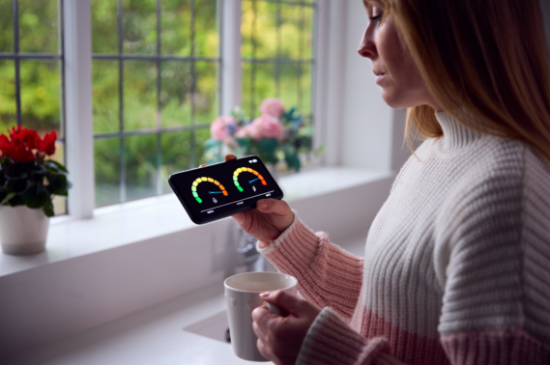
Why Smart Homes Need CO & Combustible Gas Sensors?
Carbon monoxide (CO) and combustible gas leaks pose serious health and safety risks. Without proper detection, exposure can lead to poisoning, fire hazards, or even explosions. Integrating gas sensors into smart home systems enhances safety through automated alerts and ventilation control.
1. CO Detection Solutions
CO sensors continuously monitor ambient air, detecting hazardous levels of carbon monoxide. When CO concentration exceeds safe limits, alarms (sound or light) are triggered, and smart ventilation systems can be activated to improve airflow.
2. Combustible Gas Detection
Natural gas and LPG leaks can lead to explosions if they reach their lower explosive limit (LEL). Combustible gas sensors provide real-time monitoring, sending instant alerts when dangerous levels are detected—allowing homeowners to take action before disaster strikes.
Top CO & Combustible Gas Sensors for Smart Homes
1. FIGARO CO Sensors
- TGS5042 (Battery-powered, high selectivity, UL certified)
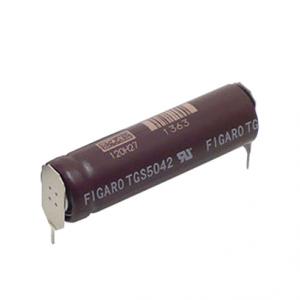
- TGS5141 (Ultra-compact, long lifespan, EN50291 compliant)
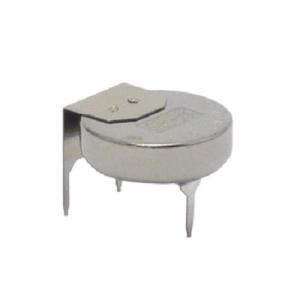
2. FIGARO Combustible Gas Sensors
- TGS2611 (Methane gas sensor, low power consumption)
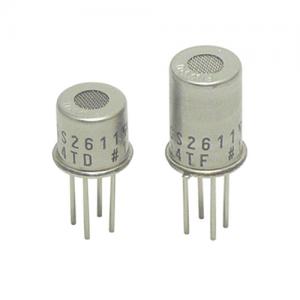
- TGS2610 (LPG sensor, resistant to VOC interference)

- TGS6812 (Catalytic combustion type, high sensitivity to CH4, H2, and LPG)
3. Pre-Calibrated Sensor Modules
- AG-2-CH4-MA2611(D) (Digital methane gas sensor, programmable alarm settings)
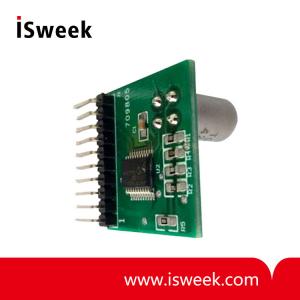
- AG-2-H2-MA2610(D) (LPG sensor module, RoHS compliant, maintenance-free)
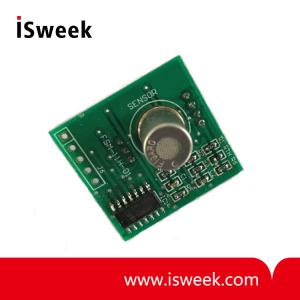
By integrating these advanced sensors into smart homes, homeowners can achieve proactive gas detection, real-time monitoring, and automated safety responses—ensuring a safer living environment.









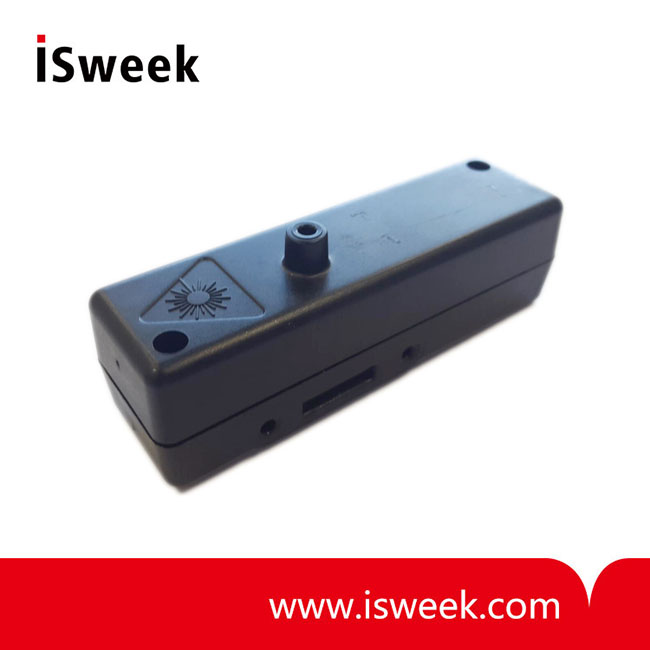
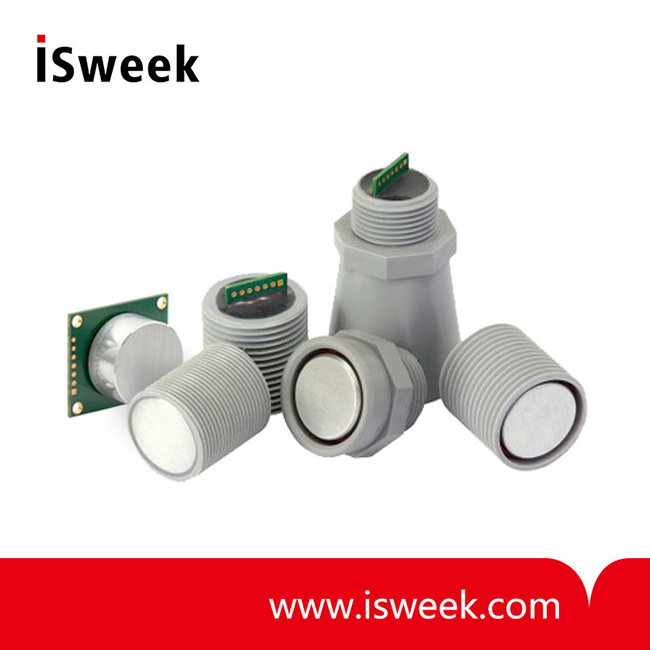
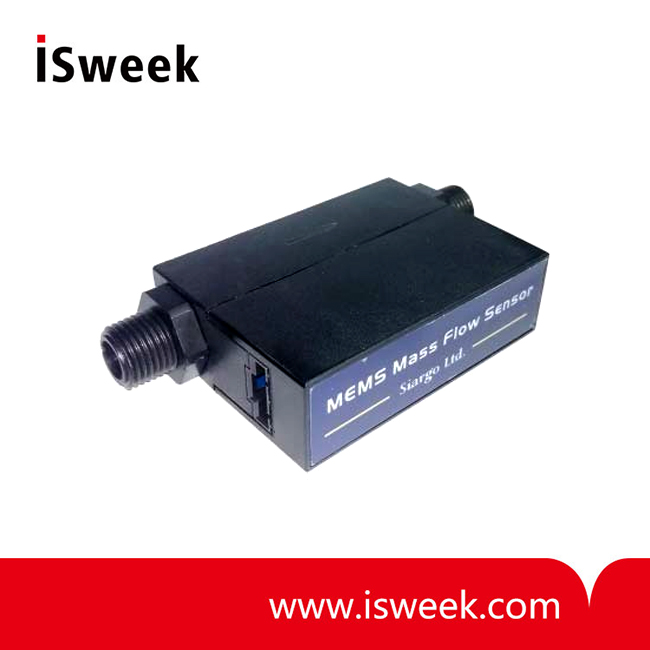
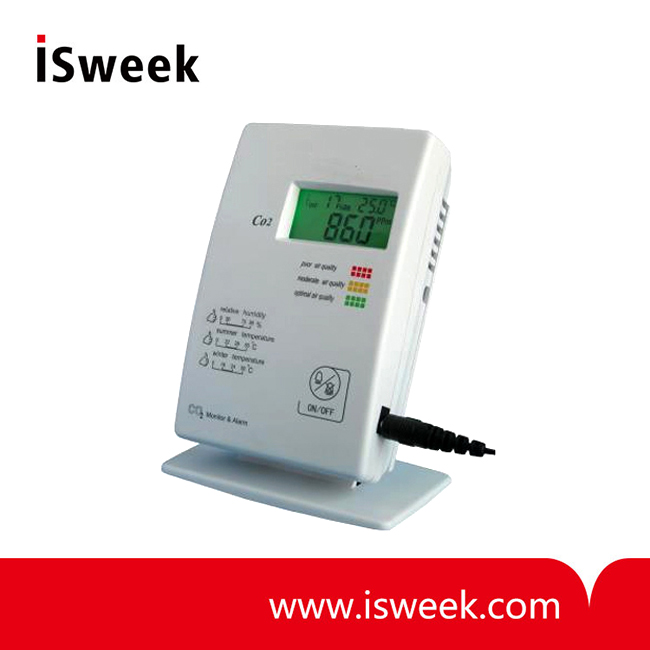
Good one! Interesting article over here. It’s pretty worth enough for me.